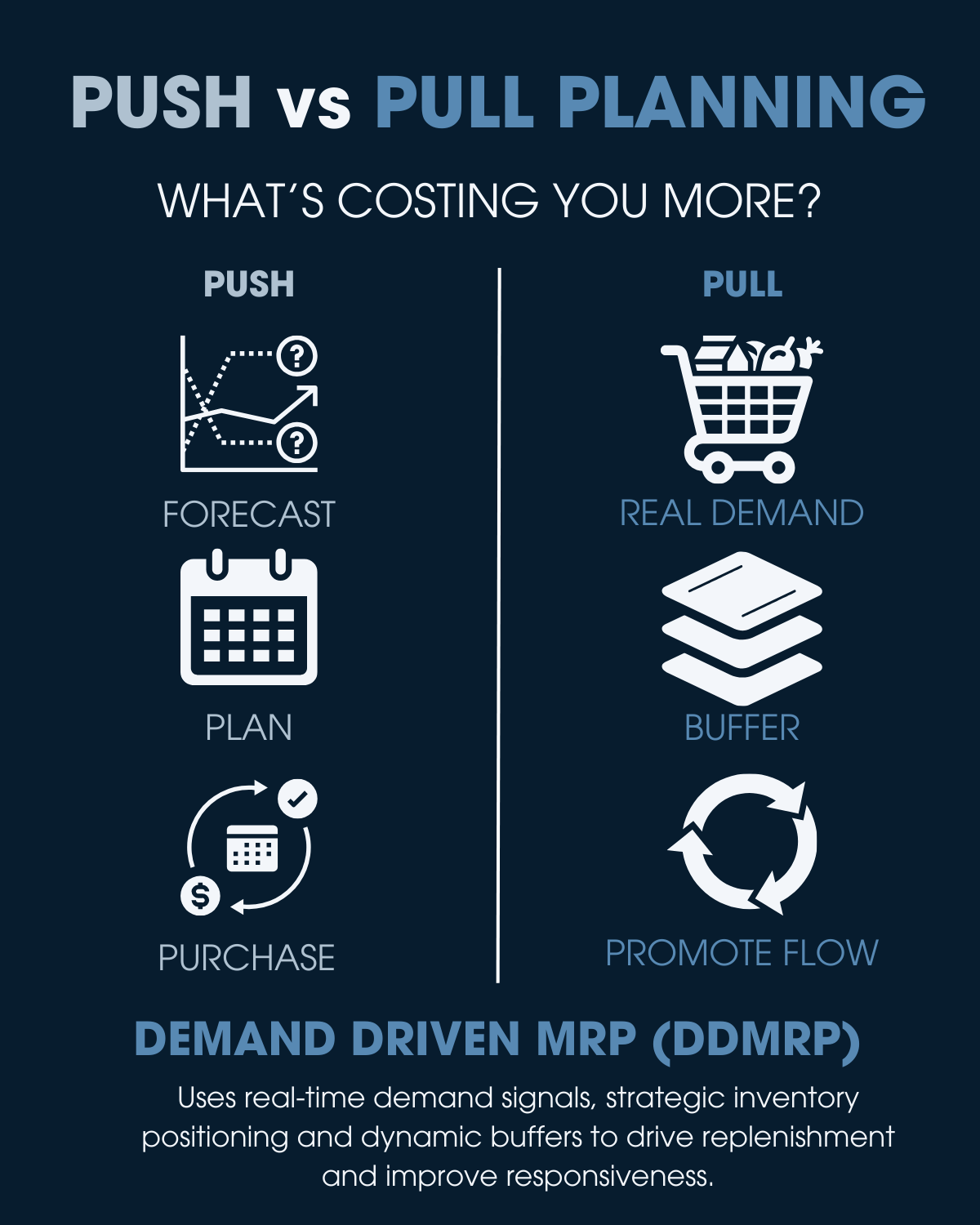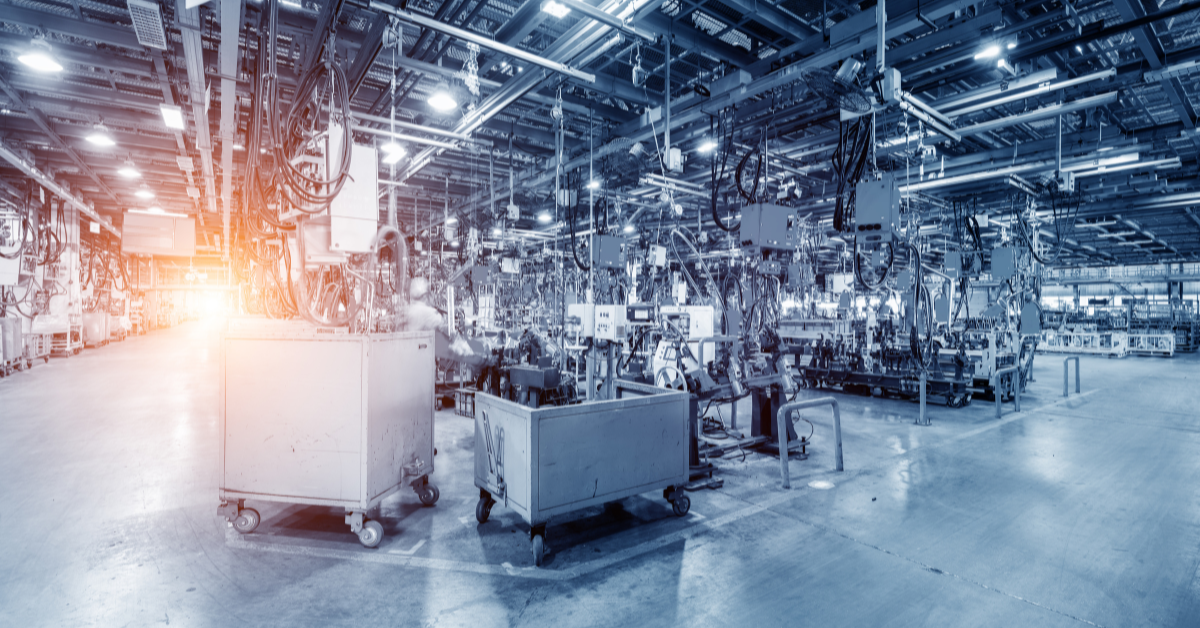The Rise of Additive Manufacturing: How It Is Transforming Industry
Additive manufacturing, commonly known as 3D printing, is revolutionising the industrial landscape. Once a niche technology used primarily for prototyping, it has now evolved into a powerful tool for production, customisation, and innovation across various sectors.
The Evolution of Additive Manufacturing
Additive manufacturing builds objects layer by layer from digital designs, offering greater flexibility and efficiency than traditional manufacturing methods. This technology has matured significantly, enabling the production of complex, high-performance components with minimal waste.
Key Benefits of Additive Manufacturing
-
Design Freedom & Customisation – Unlike traditional manufacturing, 3D printing allows for intricate designs and customised solutions without the constraints of molds or tooling.
-
Reduced Waste & Sustainability – By using only the necessary material for production, additive manufacturing minimises waste, making it a more sustainable option.
-
Faster Prototyping & Production – Rapid prototyping accelerates product development cycles, allowing businesses to bring innovations to market faster.
-
Cost Savings – Lower material waste, reduced labor costs, and streamlined supply chains contribute to significant cost efficiencies.
-
Stronger, Lightweight Components – Advanced materials, such as metal powders and carbon fiber composites, enable the production of durable yet lightweight components for aerospace, automotive, and medical applications.
Industries Embracing Additive Manufacturing
-
Aerospace & Defense – Companies use 3D printing to create lightweight, high-performance parts that enhance fuel efficiency and reduce costs.
-
Healthcare – The technology enables patient-specific implants, prosthetics, and even bioprinting of tissues.
-
Automotive – Additive manufacturing supports the production of custom parts, improving vehicle performance and reducing development time.
-
Construction – Large-scale 3D printing is paving the way for innovative building designs and sustainable housing solutions.
-
Consumer Goods – From footwear to eyewear, brands are leveraging additive manufacturing to offer personalised products to consumers.
The Future of Additive Manufacturing
As materials, software, and printing capabilities continue to advance, additive manufacturing will play an even more significant role in industrial transformation. Companies that integrate this technology into their operations will gain a competitive edge by improving efficiency, reducing costs, and enhancing innovation.
At Industry Partners Australia, we stay ahead of the latest manufacturing trends and innovations. Our networking events and industry insights provide professionals with the knowledge and connections to leverage emerging technologies like additive manufacturing.
.png?width=190&name=IPA%20Logo%20Transparent%20(Hi-Res).png)






